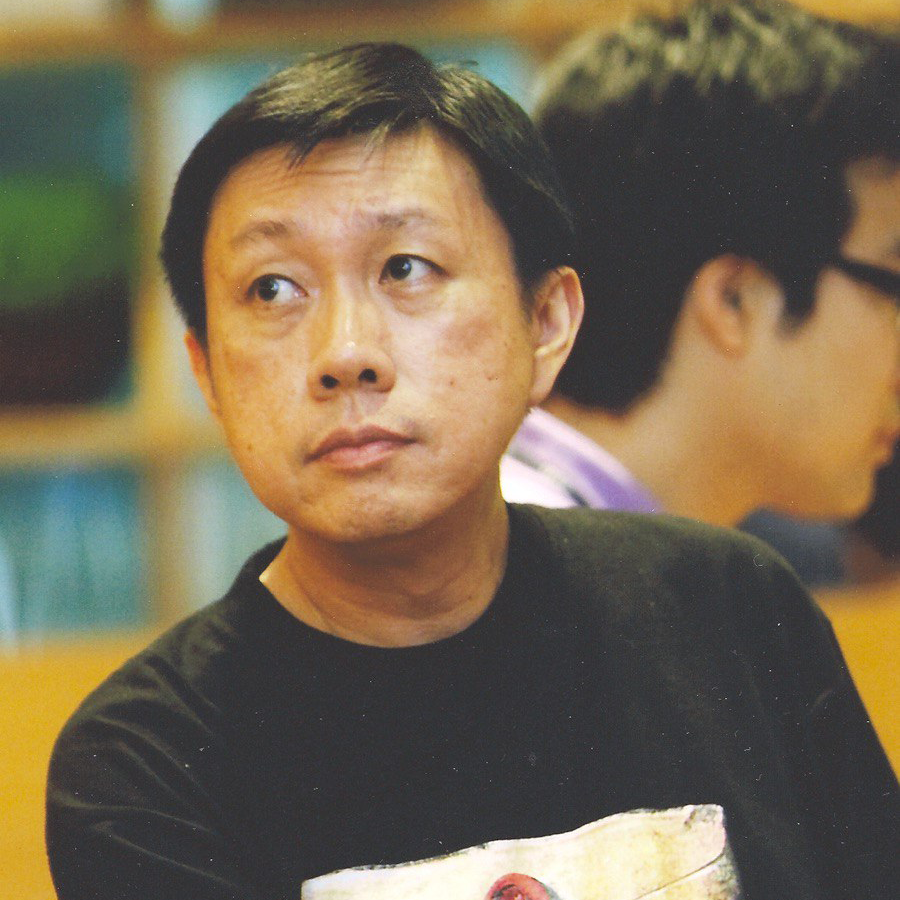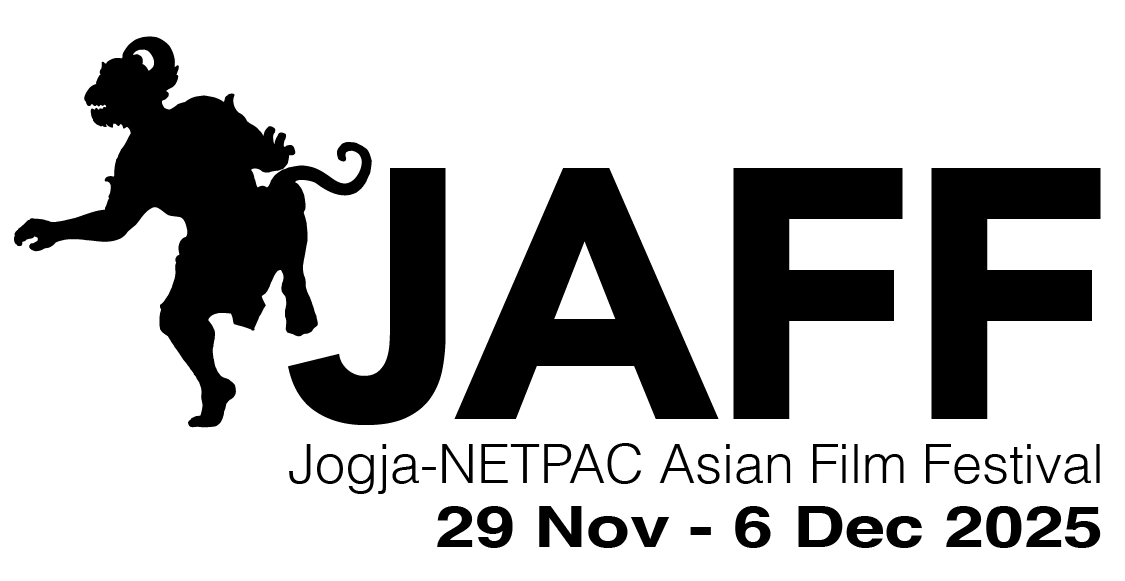Action Cinema and the Seeking of Justice

Philip Cheah
Festival Curator
I’m a sucker for Bruce Lee. Once in Seattle, I visited his grave, where an average of 10,000 fans would come annually. He was ranked among the top 10 most famous gravesites in the world. Starbucks must have been dreaming of this booming customer base when it was founded in Seattle’s Pike’s Place.
Lee was born in San Francisco, but in Seattle, he fell in love and married. He didn’t come out of nowhere but out of everywhere. During his growing-up years in Hong Kong, he acted in 20 films. During his adult years, he tried to break into Hollywood but was never given the chance at a lead role. But even as the sidekick character of Kato in the TV series, The Green Hornet (1966-67), his presence made that show classic. He wrote and pitched projects but didn’t get that big break. The hit TV series, Kung Fu (1972-75), echoed Lee’s pitched project, The Warrior, which was rejected and only successfully posthumously executive-produced by Lee’s daughter, Shannon Lee, in 2019 and lasted for three seasons till 2023.
Lee’s fascination with his hometown of San Francisco draws from his view that it’s the hub of Chinese immigration into the US, plus it’s also the classic tale of cheap Chinese labour that built the infrastructure of modern America, in this case, the railroads. But the railroads not only decimated swathes of Chinese labourers in industrial accidents, but they also laid the system to destroy the cultural identity of Native American Indians who were transported away from their cultural roots.
So however you view Lee’s The Warrior, that cry for justice, fairness, and equal opportunity is loud and urgent. And it’s delivered with a swift and nimble kung fu kick! Is it any wonder why action cinema is so embedded with seekers of justice? From superhero films to Kill Bill, the defence of the universe against evil forces in the former; or the force of retribution in the latter, leads one down the path of the need to take action.
It’s as old as the tale of the Bhagavad Gita, which dates back to the first millennium when the idea of taking action took root. In the ultimate weighing of the balance of justice, the need for action is paramount as Krishna counsels Arjuna to “fulfil his Kshatriya (warrior) duty” for the upholding of dharma (moral duty). The need for action is the need for necessity. Just as the Bhagavad Gita is an allegory for the struggles in human life (considering that it’s set on a battlefield), action cinema covers similar terrain by using the battleground as the court for justice.
Lee’s The Warrior, like the Gita, is a conflict of family and duty. Brother is pitted against sister, father has to fight son, and even wives are against husbands. In the age-old identification of Asian cinema and family ties, a family that fights together is ironically still staying together. Perhaps that’s the clue and the glue that keeps us riveted to our seats in action films—that thirst for justice also becomes ours.
When Bruce Lee gestures with his beckoning fingers before a fight scene, he’s also saying, “Bring it on. The fight for justice is just beginning.” Perhaps this is why for all of us who are arthouse film buffs, there’s still a special place for action cinema in our lives, that cry for justice that’s been echoing across the centuries of life and history.

